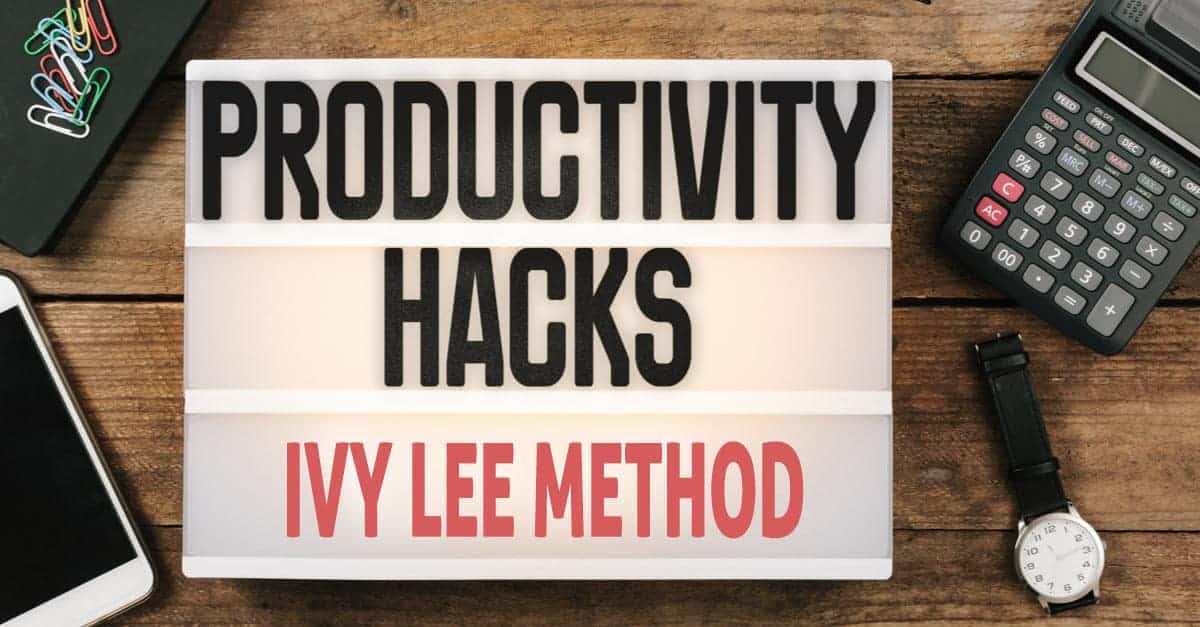There must be tonnes of ideas on your mind right now. Your brain is scanning the memory in an everlasting effort to distill the most promising one. The one idea, which you’ll analyze through the following guide. Therefore, give yourself some time before you start reading. Extract the most prominent idea and continue.
#1 – Preliminary raw objective criticism of an idea
Refrain from any kind of optimism and accept the reality of the things:
- 98% of the problem you’re offering the solution for has already been solved. Your job now is to find that remaining 2 % which will serve as the base for later positioning on the market.
For example, when the humankind wanted to move faster, we went from running to horseback riding. The next step was a combustion engine and a vehicle. Pretty soon, we were capable of launching the man in the space.
These are all upgrades of the same basic solution to move faster from the point A to the point B.
It does take some hardcore willpower to be able to look at your idea with the critical eyes because we all tend to favor our own ideas, disregarding the more or less obvious negative aspects.
Once you did your “due diligence”, turn to someone else, present your idea to that person and allow some time for careful consideration to take place. Nothing should be rushed in any way. Week or two will make no difference. For instance, any project with great development perspective takes months to be trimmed from all sides.
In the third — and most important preliminary — step, address to a professional consulting service, specialized in startups. You can find hundreds of available services but do go over their feedback and general policy. You seek for those without any desire to sugarcoat anything. You need an effective critical overview with instructions. Everything else is playing on a hunch which means that you’ll base your entire business concept on pure luck.
How come?
You are not experienced since you’ve never actually tried to set up and run the business. So getting valuable advice from professionals is a necessity and not some formality. And even if you are running the business, you are most likely missing on few critical segments that are commonly misperceived and completely misunderstood by the general population.
Once you’ve received your feedback and everything turns out to be relatively positive, meaning that the idea is demonstrating a clear development perspective, you go deeper into research.
#2 – Case-study model of research
General information about the industry, niche, and your specific solution are just the groundwork. What you want it to utilize the most effective model of research known as the case-study research.
You’re getting the inside information about the operations of, what will most likely be, your competitors and predecessors. Those are the most valuable data for your planning since you can see a live demonstration of the business.
Take your time and dig out at least 20 different small, medium, and large businesses within your industry or niche that are making money on a solution similar to yours. Employ your analytical abilities (you have them, make no mistake about that), and try to find:
- Openings in the market to land your concept (niche choosing)
- Possible errors in operations which will serve you greatly once you start developing your Marketing plan S.W.O.T. analyses, because those will be the weaknesses of your competitors thus, something you can easily turn into your advantage
- Bigger picture – you’re in a unique opportunity to scan the landscape of your niche because you’re not yet biased by your own business. It will allow you to spot viable development of your concept in near future.
What you have so far is a rough blueprint of your future business model.
Now comes the trimming part.
#3 – Frameworks of optimal business model and effective monetization strategy of the idea
The trick is to start with the product and monetization plan. An entrepreneur has to have a clear vision (blueprint) of a primary sales item before anything else.
This is a parallel thinking because, at any given time, you have to observe the market and its requests. That means that project development and the final “shape” go hand to hand with market positioning.
The next step is figuring out the monetization models or how do you make your money?
Don’t limit yourself in any way. Try to exploit every possibility. For example, if your monetization is revolving around some sort of a virtual project, which is a sound idea, by the way, such as how-to guide, you go with hardcopy, e-copy, DVD, e-course, app, an audio.
All of the above make that groundwork for the basic business model.
It’s at this point when you can actually visualize your operations and that gives birth to unrealistic concerns.
#4 – Resisting the common startup phobia
Your idea will most likely be rejected and not stolen as you might think. So don’t waste time with figuring out the counter-intelligence measures or with being over stealthy with it. Falling under the influence of this common startup phobia will backfire once you set to raise the funds because you’ll have a hard time deciding what to tell and what not to tell.
The truth is: you must spill it all out to convince someone to invest in your concept.
Of course, if it’s something groundbreaking new, file for a patent.
Don’t be afraid to be open about your idea because it is hardly unlikely that someone would “steal” it. People will rather put valuable input into it. And this is another takeaway:
- Don’t distinguish information between right and wrong. Absorb every intel and extract useful segments or derive effective conclusions. When operating under any kind of bias or narrow-mindedness, you’re exposing yourself to risk.
Now it’s time to place your business model into a specific segment of the market. Pay attention now because this is where 80% of startups fail which causes them to shut down operations within a 2-year timeframe.
#5 – Market positioning
To whom are you communicating your message? Who are the people that will buy your product or use your services?
After the product building and monetization strategy, this is the next important stage of your planning because if you miss, you’ll need additional resources and, what’s even more important, time to adjust your product and your message.
The best example for this necessity to adjust is one of the P&G’s products, Febreze. Everybody heard about Febreze, right?
Case-study: FEBREZE
Drake Stimson was the guy behind the marketing strategy of this famous product. They based their original message on “cleaning the unpleasant odors” ground and tried to push the product to households with the distinct “smell” problems, such as a family with pets or some professional occupation that will import unpleasant odors indoors.
After millions of invested dollars, P&G launched the product.
Sales were mediocre until they stopped entirely. Something was terribly wrong because the product itself was great. It was capable of eliminating the odors without leaving any traces of usage. And it was simple to use. Simply put, Febreze was the recipe for success and billions of dollars in sales. And yet, it failed.
So they initiated additional market research.
Stimson was curious why people won’t use Febreze. As it turned out, people get used to unpleasant odors in short period of time. For instance, one lady that had 9 cats wasn’t even aware of the smell even though one of the Stimson’s fellow researchers almost threw up when entering lady’s home.
But then they visited a lady who wasn’t a meticulous cleaner but wasn’t very happy with the smells coming from her boys’ room either. It smelled like in a gym, as she said, so she would use Febreze AFTER cleaning everything. In other words, Febreze marked the point when cleaning was over.
Stimson and his colleagues quickly realized the problem and adjusted both product and the main message.
P&G added perfume and Febreze became a product that “cleans the air” even though that wasn’t the primary usage of the product since it really does eliminate negative odors. Instead of being a product used at the beginning of the cleaning process, Febreze now marked the happy ending of the cleaning.
From the effective cleaning product that didn’t sell at all, to just another air freshener that sells great.
This is what happens when you miss the position and this is what has to be done to re-adjust in an optimal way.
The takeaway is simple: it takes time to properly research the market and position your product. At the same time, that position doesn’t necessarily have to be directly related to the product’s main usage but has to correlate with people’s habits!
But, the research could lead you to the conclusion that you need millions to fund your idea when in reality almost every business can be scaled down to fit the optimal (maybe even your own) budget.
#6 – Scaling down the concept to fit into affordable and viable budget
Segment your idea onto steps. That way you are not forced to seek for the large sums of money which you can’t get anyway because most of the venture capitals and banks are investing in already established and fully operational businesses. They do not rely on your virtual concept but on a real deal.
This is the reason why people build the prototypes or MVPs first, for instance. They can then use the physical form of their product to seek out the money.
We are a visual species. We have to see it for it to become real. Remember that.
How do you build SpaceX? By building PayPal first!
The next step is a precise blueprint of your business.
#7 – Operative business plan
A business plan is where you see your future. You do numbers and different analyses, using the most effective template and guidance available because this is one thing you don’t want to mess with. Go fluffy and you’ll shut down in less than a year.
Building a business plan takes time and devotion, but above all objectivity.
When you have everything on a paper, it’s time to execute.
#8 – Dedication and determination to work hard on developed business model
Perceive the business as a marathon rather than a sprint race. It takes time, careful planning, ad hoc strategizing, and tactics, but above all raw determination and devotion to your own business model. That means that you won’t deviate from the concept as it is the case with many startups.
What people do is peculiar, to say the least. They spend months and sometimes a year or two to develop every detail of their future business and after they execute the business plan, they move away from it, which causes sudden collapse.
You see, adapting to some new circumstance and subsequently adjusting the model is one thing, but keeping your business plan in a drawer to collect the dust, and doing stuff blindly, just on your “gut feeling”, is a dangerous thing to do and it will shut down your operations sooner than later.
A startup can be the startup for only a while. Business must develop and grow in every segment because stagnation means regressing in the business world. And there is a perfectly good reason for that.
#9 – Pushing forward by constantly adjusting your actions and responses to your environment
Why is Status Quo so dangerous?
For the simplest and most logical reason:
- Standing still in a constantly moving environment is nothing more but allowing the current of that environment to slam you randomly against the rocky banks.
What’s even more important is that you have to move faster than your surrounding environment to obey a principle rule of the system in order to increase your odds. In other words, constant adjustments of your responses are enabling at least some steering options. Just remember the Febreze and you’ll understand the importance of this.
This is only a short and extremely condensed overview of how the idea that currently resides in your head becomes a full-scale business in less than a year.
If you are serious about it — and you should be — we are inviting you to stay tuned for the upcoming business program designed for startups and those who are already running the businesses but still not reaching their full potentials.








